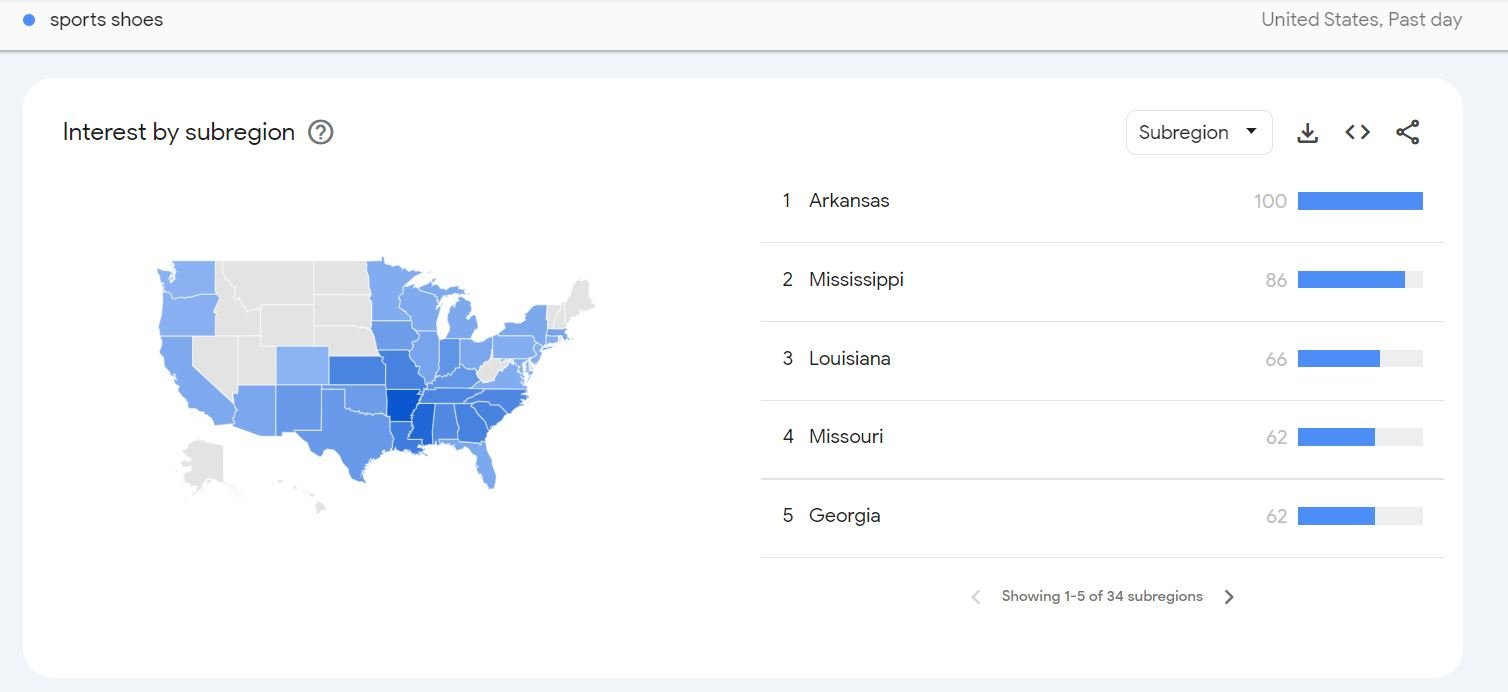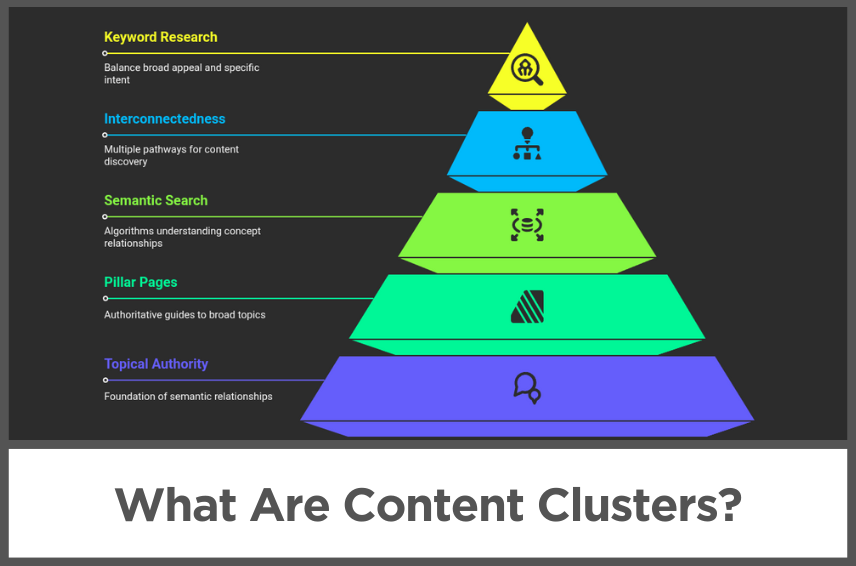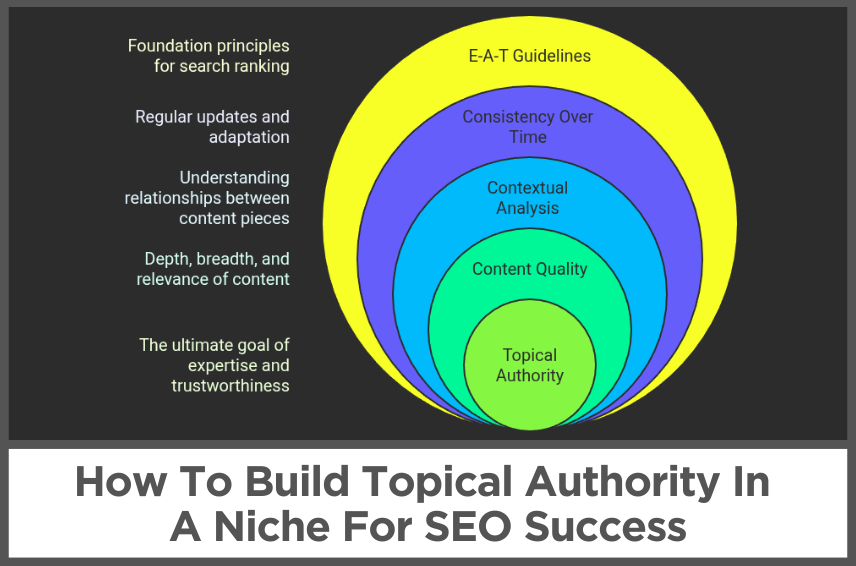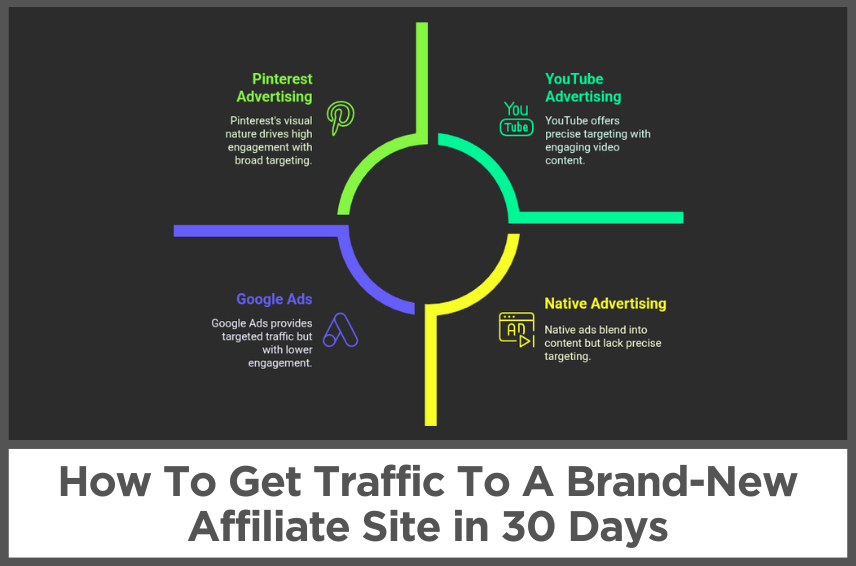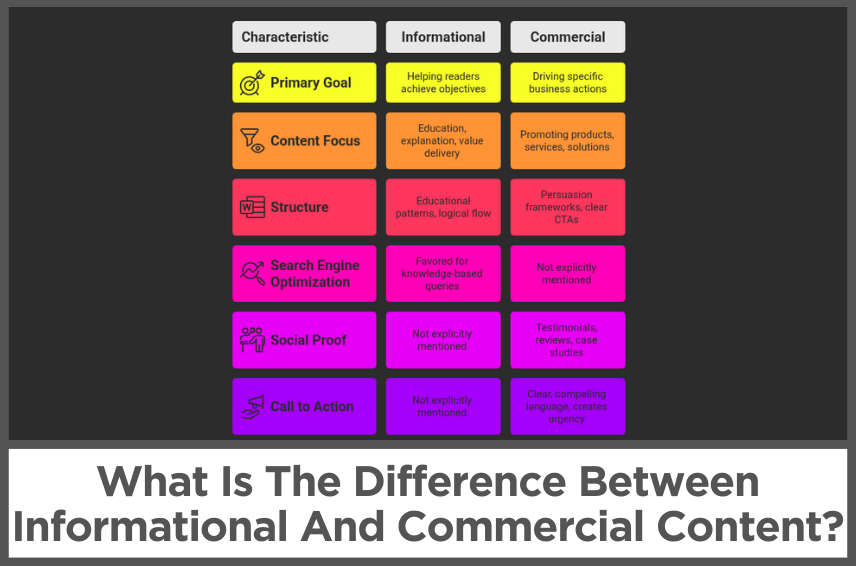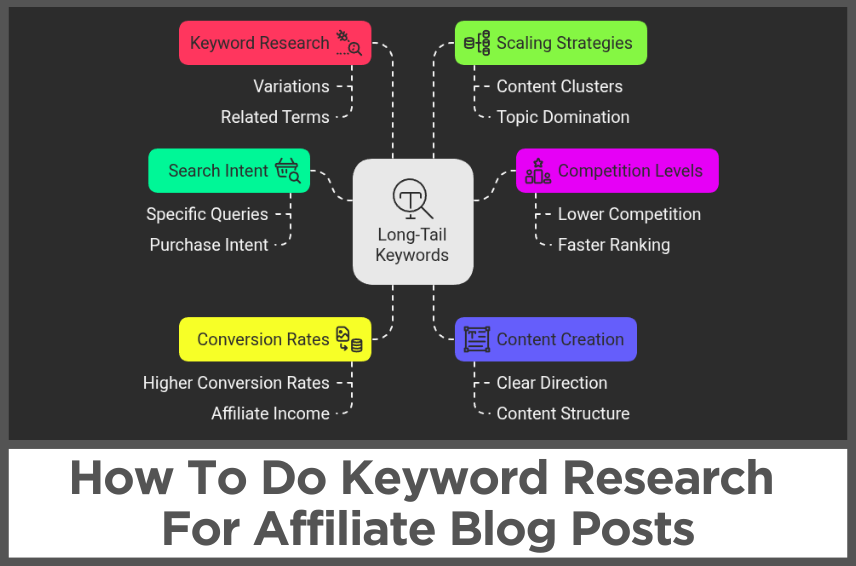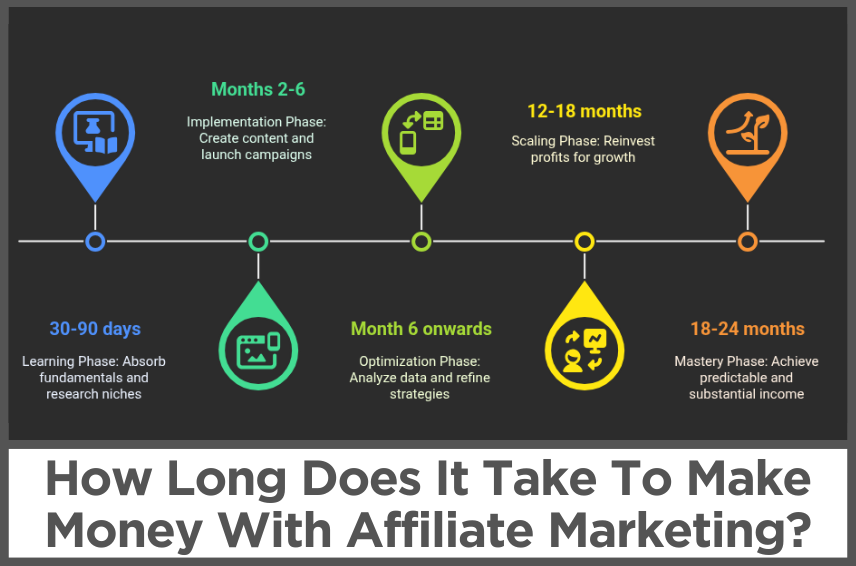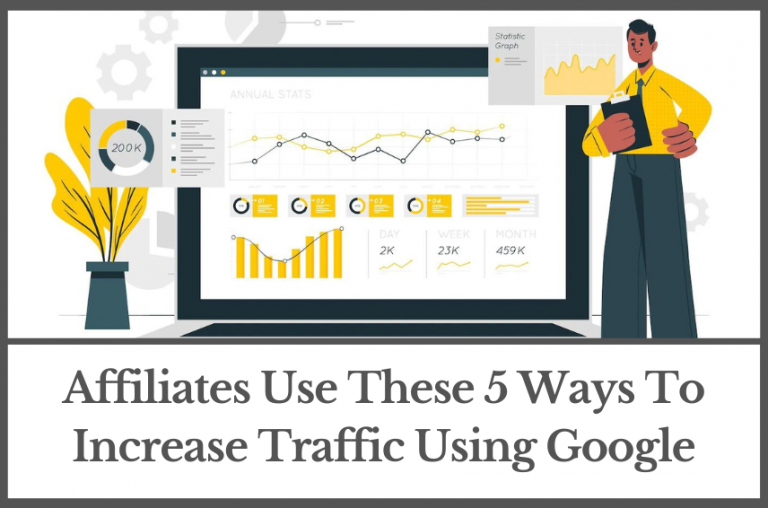What Is Geo Affiliate Marketing?
by Abhigyan
In 2025, affiliate marketing is more connected than ever, yet increasingly localized.
Did you know that most consumers prefer content tailored to their geographic location?
Affiliate marketers harness location-based strategies’ power to supercharge their affiliate earnings.
In this article, we will explore the rise of hyper-localized content, how to identify promising markets, and strategies for effectively navigating language and cultural differences.
Disclosure: Some of the links I share might be affiliate links. If you click on one and make a purchase, I may earn a small commission as a thank you. But don’t worry, it won’t cost you anything extra. I only recommend stuff I genuinely believe in. Your support helps me keep creating awesome content. You can read my full affiliate disclosure in my disclaimer page.
IN THIS POST :
ToggleWhat Is Geo Affiliate Marketing?
Geo affiliate marketing refers to the practice of targeting marketing efforts based on the geographic location of potential customers.
This strategy allows businesses to tailor their content and advertisements to specific regions, ensuring that they resonate with local audiences.
By focusing on particular geos, marketers can improve the relevance of their campaigns, leading to higher engagement and conversion rates.
The concept of geo affiliate marketing is built on the idea that different locations have unique characteristics, preferences, and buying behaviors.
For example, a product that is popular in one country may not have the same appeal in another due to cultural differences or local market conditions.
By understanding these nuances, affiliate marketers can create more effective marketing strategies that cater to the specific needs of each geographic area.
Hyper-Localized Content In Geo Affiliate Marketing
The rise of hyper-localized content in geo affiliate marketing reflects a significant shift in how affiliate marketers connect with their audiences.
This strategy focuses on creating marketing messages tailored to specific geographic areas, allowing brands to engage consumers in a more meaningful way.
As consumers increasingly expect personalized experiences, hyper-localization has become essential for affiliate marketers aiming to thrive in competitive markets.
Hyper-localized content involves understanding the unique needs and preferences of local audiences.
This means crafting messages that resonate with the community’s culture, interests, and even current events.
For example, a coffee shop in Seattle might promote its seasonal pumpkin spice latte by highlighting local autumn festivals or using imagery of the surrounding fall foliage.
Such targeted messaging not only captures attention but also fosters a sense of belonging among consumers, making them feel valued and understood.
The effectiveness of hyper-localized content lies in its ability to drive engagement. When marketing campaigns reflect local nuances, they become more relatable.
This relatability can lead to higher conversion rates as consumers are more likely to respond positively to offers that seem designed specifically for them.
Affiliate marketers who leverage local references, such as landmarks or community events, can create stronger emotional connections with their audience.
Platforms like Instagram and Facebook allow brands to target ads based on location, ensuring that marketing messages reach the right people at the right time.
By employing local hashtags and geolocation tags, affiliate marketers can enhance their visibility within specific communities.
This approach not only increases foot traffic but also builds brand loyalty as consumers recognize and appreciate the effort made to connect with them.
As competition grows, affiliate marketers that embrace hyper-localized strategies will likely stand out.
The ability to tailor content to specific regions allows marketers to differentiate themselves from larger competitors who may take a more generalized approach.
By focusing on local engagement, affiliate marketers can cultivate a dedicated customer base that values their unique offerings.
Identifying High-Potential Geos
Identifying high-potential geos for affiliate marketing is crucial for marketers aiming to maximize their reach and effectiveness.
This process involves analyzing various factors that can indicate where a product or service is likely to succeed.
By understanding these factors, marketers can focus their efforts on regions with the greatest potential for growth and engagement.
Market research serves as the foundation for identifying promising geos.
This research includes studying demographic information such as age, gender, income levels, and education.
For instance, a product aimed at young adults may perform better in urban areas with a high concentration of college students.
Understanding the characteristics of different regions helps businesses tailor their marketing strategies to meet the specific needs of those audiences.
Consumer behavior also plays a significant role in this process. Analyzing purchasing habits can reveal trends that indicate where demand for a product is growing.
For example, if data shows that more people in a particular city are buying fitness-related products, it may suggest a strong market for health and wellness brands.
Marketers can use this information to target their campaigns effectively and ensure that they reach consumers who are already interested in their offerings.
Free online tools and resources like Google Trends are available to assist marketers in analyzing market trends.
These tools can help businesses track changes over time, allowing them to adjust their strategies based on real-time information.
By staying informed about market dynamics, affiliate marketers can make more strategic decisions about where to invest their resources.
For instance, a tech company might find that its products are particularly popular in certain metropolitan areas known for innovation and technology adoption.
By concentrating efforts in these high-potential geos, affiliate marketers can build brand recognition and loyalty more effectively.
Overcoming Language + Cultural Barriers
As affiliate marketers expand their reach into different regions, they encounter diverse languages, customs, and values.
Successfully navigating these differences can significantly impact how well a brand connects with its audience.
Language differences can create challenges in communication.
A marketing message that resonates in one country might not have the same effect in another due to language nuances or idiomatic expressions.
Misinterpretations can lead to confusion or even offend potential customers.
Therefore, investing in professional translation services becomes crucial.
These services go beyond simple word-for-word translations; they ensure that the message is culturally relevant and appropriate for the target audience.
This attention to detail helps maintain the brand’s voice while making it relatable to local consumers.
Cultural understanding plays an equally important role. Each region has its own set of traditions, values, and social norms that influence consumer behavior.
For example, holidays and celebrations vary widely across cultures, affecting when and how people make purchases.
A marketing campaign that ignores these cultural elements may miss the mark entirely.
Affiliate marketers should take the time to research local customs and preferences to create campaigns that align with what matters to their audience.
This effort shows respect for local traditions and builds trust with consumers.
Working with local experts can also enhance a brand’s ability to overcome these barriers.
These experts possess valuable insights into cultural dynamics and consumer behavior within their communities.
They can provide guidance on effective messaging strategies and help identify potential pitfalls that outsiders might overlook.
Collaborating with local influencers can further amplify a brand’s reach by leveraging established trust within the community.
Another important aspect is adapting visual content to suit different cultures.
Images, colors, and symbols carry different meanings around the world.
For instance, certain colors may evoke positive feelings in one culture but negative associations in another.
Understanding these visual cues helps ensure that marketing materials are received positively by local audiences.
Affiliate marketers that prioritize this aspect of their marketing strategy are more likely to build strong connections with consumers across various regions.
By embracing diversity and showing a genuine interest in understanding local cultures, brands can create meaningful relationships that drive engagement and loyalty.
Using Technology In Geo Affiliate Marketing
Data analytics plays a crucial role in understanding market trends and consumer preferences.
By analyzing large sets of data, businesses can identify patterns that reveal where demand for their products or services is growing.
For instance, a company might discover that a particular region shows an increasing interest in eco-friendly products.
With this information, marketers can adjust their campaigns to focus on that area, highlighting the environmental benefits of their offerings.
Geolocation technology further enhances the effectiveness of geo affiliate marketing.
This technology allows businesses to track the physical location of users through their devices.
By using geolocation, affiliate marketers can deliver tailored content and offers based on where consumers are situated.
For example, a restaurant chain can send special promotions to customers who are nearby, encouraging them to visit.
This immediacy creates a sense of urgency and can drive foot traffic to physical locations.
With more people using smartphones for online shopping and browsing, ensuring that websites and ads are mobile-friendly is essential.
A seamless mobile experience helps capture the attention of local consumers who may be searching for products or services on the go.
Businesses that prioritize mobile optimization are more likely to engage users effectively and convert them into customers.
Social media platforms also provide valuable opportunities for geo affiliate marketing.
These platforms allow businesses to target specific audiences based on location, interests, and behaviors.
By creating localized ads that speak directly to the needs and preferences of particular communities, brands can foster stronger connections with potential customers.
Emerging technologies such as artificial intelligence and machine learning are set to further revolutionize geo affiliate marketing.
These technologies can analyze consumer behavior in real-time, allowing brands to adjust their strategies instantly based on what resonates with local audiences.
Crafting Geo-Targeted Affiliate Campaigns
A successful geo-targeted campaign begins with optimizing websites and landing pages for location-based experiences.
This means designing these platforms to reflect the unique characteristics of the targeted area.
For instance, including local landmarks, community events, or regional dialects can make a website feel more familiar and inviting to visitors from that area.
Using geo-specific keywords is another critical aspect of crafting effective campaigns.
These keywords help attract the right audience by focusing on terms that potential customers are likely to search for in their region.
For example, a business selling outdoor gear might use keywords like “hiking equipment in Colorado” or “best camping gear in Seattle.”
By incorporating these phrases into website content, businesses can improve their visibility in search engine results, making it easier for local consumers to find them.
This targeted approach not only increases traffic but also enhances the chances of conversion since the audience is already interested in what the business offers.
Location-based ad targeting and retargeting tactics further enhance the effectiveness of geo-targeted campaigns.
With advancements in technology, marketers can deliver ads specifically to users based on their geographic location.
For instance, a restaurant could target ads to people within a certain radius of its location, promoting special offers or new menu items.
Retargeting allows businesses to reach out to users who have previously interacted with their website or ads but did not make a purchase.
By reminding these potential customers of what they showed interest in, businesses can encourage them to return and complete their transactions.
The combination of these strategies creates a powerful framework for geo-targeted affiliate marketing campaigns.
Measuring Geo-Targeted Affiliate Campaigns Output
Measuring the success of geo-targeted affiliate campaigns involves analyzing various metrics and data points to understand how well your marketing efforts are performing in specific geographic areas.
Here are some effective methods to gauge the effectiveness of these campaigns:
Tracking Key Performance Indicators (KPIs): Start by identifying relevant KPIs such as reach, engagement, conversions, and sales.
These metrics provide a clear picture of how your campaigns are performing in different locations.
For instance, measuring the number of clicks or sign-ups from a specific region can help you assess interest and engagement levels.
Using Analytics Tools: Implement analytics tools like Google Analytics, social media insights, or specialized affiliate tracking software to monitor campaign performance.
These tools can provide detailed reports on user behavior, traffic sources, and conversion rates based on geographic data.
Analyzing this information allows you to determine which regions are yielding the best results.
Geo-Testing: Conduct geo-testing by running specific ads in selected locations while keeping other variables constant.
This method helps isolate the impact of your campaigns in different areas.
By comparing performance metrics from test regions with control regions (where ads were not shown), you can identify which geos respond best to your marketing efforts.
Evaluating Engagement Metrics: Look closely at engagement metrics such as likes, shares, comments, and click-through rates for your ads in various locations.
High engagement levels indicate that your content resonates with the local audience, while low engagement may suggest a need for adjustments in messaging or targeting.
Assessing Conversion Rates: Analyze conversion rates for each geo-targeted campaign to see how many users took the desired action after interacting with your ads.
This could include making a purchase, signing up for a newsletter, or downloading an app.
Understanding which locations produce higher conversion rates can guide future marketing strategies.
Monitoring Sales Data: Track sales data from different regions to determine where your products or services are most popular.
This information can help you allocate resources more effectively and tailor promotions to specific markets that show strong demand.
Collecting Customer Feedback: Gather feedback from customers in targeted areas to gain insights into their preferences and experiences with your brand.
Surveys or direct communication can provide valuable qualitative data that complements quantitative metrics.
Analyzing Return on Investment (ROI): Calculate the ROI for each geo-targeted campaign by comparing the revenue generated against the costs incurred for advertising in those regions.
A positive ROI indicates that your campaigns are financially successful and worth continuing.
Final Thoughts On Geo Affiliate Marketing
Geo affiliate marketing is important for every affiliate marketer looking to expand their reach and increase their affiliate earnings.
Using the tips above, you’ll reduce wasted advertising costs and enhance the overall efficiency of your marketing campaigns.
By tracking key performance indicators and analyzing consumer behavior across different regions, you can make informed decisions that further refine your strategies.
Furthermore, by collaborating with local influencers and utilizing geo-specific keywords, you can build trust and authority within your niche.
FAQ
1. Why is geo-targeting important in affiliate marketing?
Geo-targeting helps increase the relevance of ads, leading to higher engagement and conversion rates by reaching the right audience in their specific locations.
2. How is local affiliate marketing different from traditional affiliate marketing?
Selecting the best geo involves analyzing market trends, understanding local consumer behavior, and considering cultural factors that affect purchasing decisions.
3. How can I track the performance of geo-targeted campaigns?
Using analytics tools and tracking software allows marketers to measure performance metrics such as clicks, conversions, and return on investment based on geographic data.
4. What tools can help with geo-targeting?
Tools like Google Ads, Facebook Ads Manager, and specialized affiliate networks provide features for effective geo-targeting in advertising campaigns.
5. What are some challenges of geo affiliate marketing?
Challenges include navigating cultural differences, compliance with local regulations, and ensuring that payment methods are suitable for the target region.
6. How does mobile optimization relate to geo affiliate marketing?
Mobile optimization ensures that ads and landing pages load quickly and display correctly on mobile devices, which is essential since many users shop on their phones.
7. What is the role of local influencers in geo affiliate marketing?
Collaborating with local influencers can enhance trust and credibility, helping brands connect better with their target audience in specific regions.
8. What metrics should I focus on for geo-targeted campaigns?
Important metrics include click-through rates, conversion rates, cost per acquisition, and overall return on investment for each targeted region.
9. How can I ensure compliance with local regulations?
Researching local laws regarding advertising practices and consumer protection helps ensure compliance when running geo-targeted campaigns.
10. What future trends should I watch in geo affiliate marketing?
Trends such as increased use of artificial intelligence for personalization and growing emphasis on mobile-first strategies are shaping the future of geo affiliate marketing.
If you find this article helpful, kindly share it with your friends. You may also Pin the above image on your Pinterest account. Thanks!
Abhigyan Mahanta
Hi! I’m Abhigyan, a remote web developer and an affiliate blogger. I create beginner-friendly guides to help new affiliates get started and grow in affiliate marketing. I also share information on remote companies and interview preparation tips.



